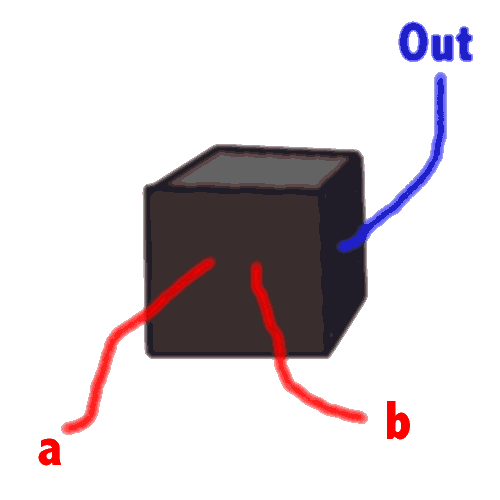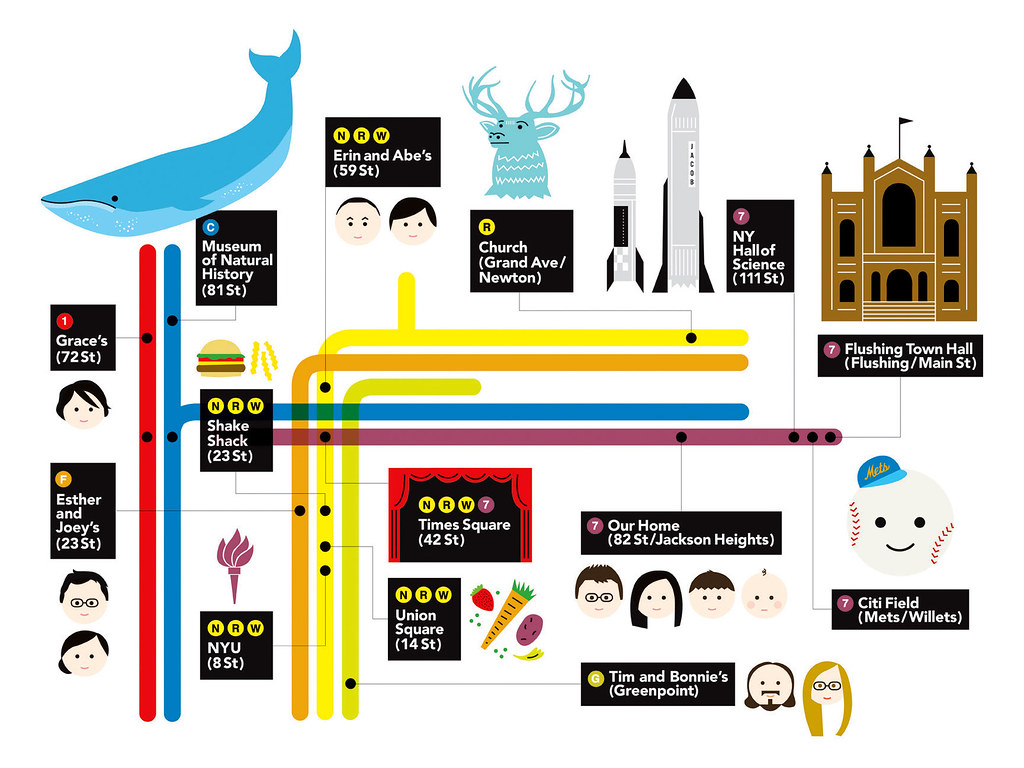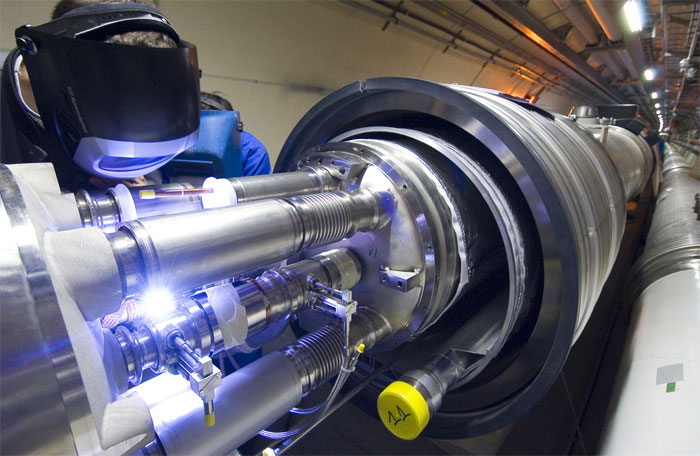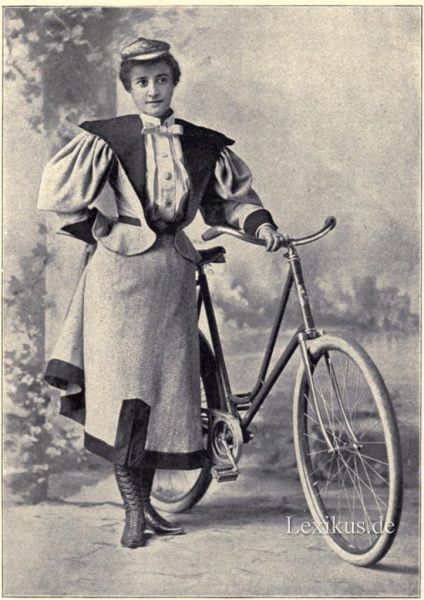
Or, to put it another way, why is there a flu season?
Initial discussions brought up the idea of the cold weather and of the increased activity within the home (vs. the great outdoors), purportedly increasing the risk of exposure.
It turns out both of these are true (as far as the internet knows... ), and here is some additional explication and clarification.
First off, we in North America don't necessarily have the same flu season as others. Australia seems to have it a bit before us, peaking around August, during their winter. So, that shows a clue to temperature. It also seems to provide flu drug designers with clues as to which strains will be big this year in North America and Europe.
Secondly, it's been suggested that kids are back to school, and this could play a part as well. Being away all summer, these little receptacles are now tightly packed in and ready to spread whatever they got. With latency periods considered, this would also make sense as to why the flu has a season.
Thirdly, it seems the flu is around all the time and a new strain can infect you at any time, it is just likely to survive in the air or on surfaces longer in a colder climate. Why?.. well recent studies suggest that it has to do with the cell membranes, and fats. These repulsive lipids make up the majority of the cell membrane. Scientists at NIH have recently discovered that the lipid coating on flu viruses melts at around 60 degrees Fahrenheit (15.5 Celsius) and solidifies into a gel at just above freezing (fortunately for us, our lipid membranes don't behave similarly). Basically, this is the evidence for why flu season peaks during the winter.

The viruses are able to firm themselves up at colder temperatures in order to survive traveling from person to person. Once inside their victims, body heat remelts the lipid coating, allowing the virus to infect the cells of its host. In the warmer months, the viruses dry out, weaken, and go dormant. Researchers hope to use this information to study ways to reduce infection during the winter months, possibly through more effective lipid-dissolving detergents or by encouraging people to spend more time in warm environments (via here).































































